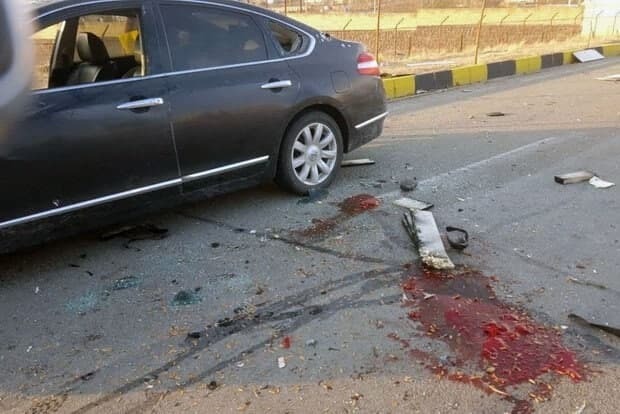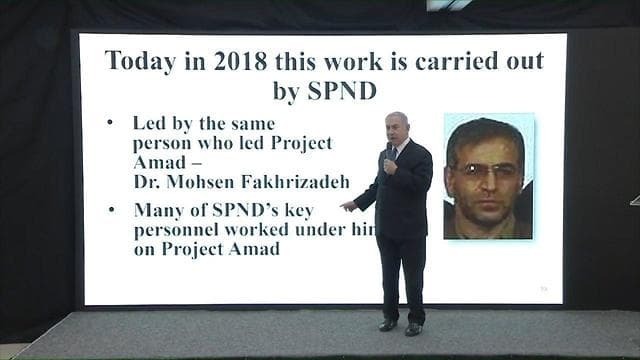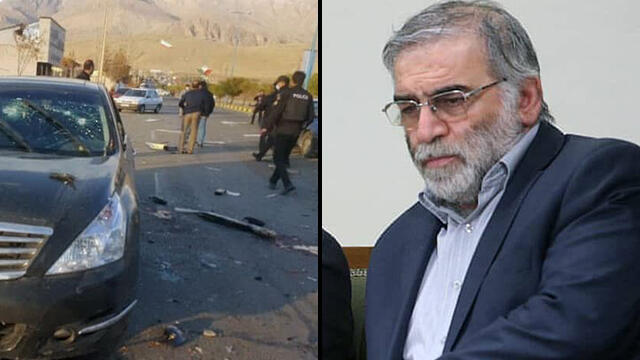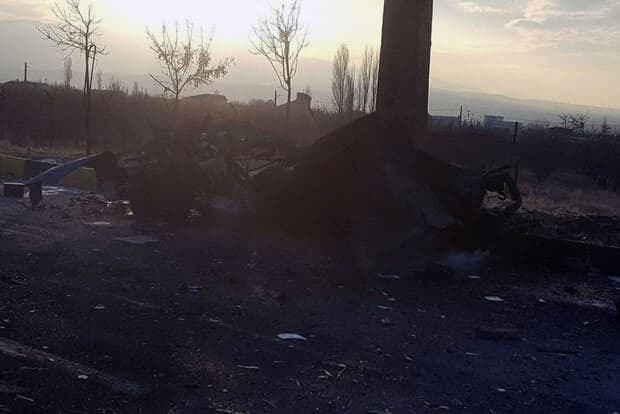Getting your Trinity Audio player ready...
Mohsen Fakhrizadeh, a nuclear scientist dubbed the "father of the Iranian bomb", was assassinated near Tehran on Friday.
Prime Minister Benjamin Netanyahu revealed Fakhrizadeh's picture in 2018 and claimed that he played a significant role in the Islamic Republic’s nuclear program.
The identity of the assassinated scientist has not yet been confirmed by Tehran, but the Revolutionary Guards Corps launched a threat on Twitter it will avenge the "assassinations of nuclear scientists" as it has done before.
On the other hand, the Iranian nuclear energy body said there had been no incident involving a nuclear scientist.
In Netanyahu's speech two years ago, when the prime minister unveiled Iran's "secret nuclear archive," he mentioned the "shadow man" who headed the "Imad Project," which, according to Israel and the West, aimed to develop nuclear weapons.
The secret project was put on hold after 2003, but Netanyahu said that Fakhrizadeh still played a key role in the nuclear program.
"Remember that name," Netanyahu said.
A 2010 IAEA report raised the possibility that Fakhrizadeh, a senior officer in the Revolutionary Guards Corps, is still a part of the Iranian efforts to reach the bomb.
At the time, Fakhrizadeh was the only one explicitly mentioned in the appendix to the most scathing report released by the IAEA on Iran's nuclear program.
His name was also mentioned in a 2007 UN resolution as being involved in development of nuclear and ballistic missiles. Western intelligence sources said in 2013 that Fakhrizadeh was present at a North Korean nuclear test that year.
Fakhrizadeh, 59, is considered the headman of the Iranian nuclear program and served as a senior officer in the Revolutionary Guards Corps to which he joined upon its establishment.
U.S. intelligence called him the "Iranian Abdul Qadeer Khan" after the father of the Pakistani nuclear program that provided Iran with its first uranium enrichment centrifuges.
Fakhrizadeh filled senior research and management positions until 2003, mainly within the Iranian Atomic Energy Agency, much of which was hidden from international scrutiny.
After the nuclear enrichment facility in Natanz was exposed, leading the UN Security Council to impose sanctions on Iran, the Islamic Republic separated its overt civilian nuclear program - which Tehran claims is aimed at energy production - and its covert military program to develop nuclear warheads and technologies that will enable uranium enrichment and in which the Iranian physicist assumed a key role.





